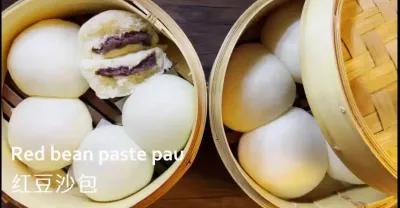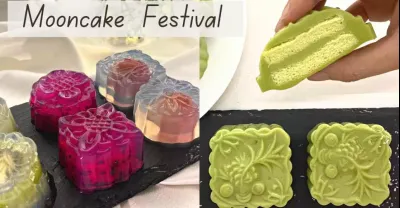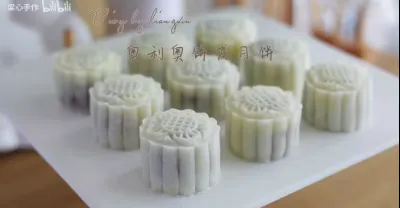I make a Best Danish Butter Cookies ever ❤ 丹麥奶油餅 ~ 紋路不消失的秘訣
 省電俠 17K 反饋
省電俠 17K 反饋Okay, here's an article based on the title "I make a Best Danish Butter Cookies ever ❤ 丹麥奶油餅 ~ 紋路不消失的秘訣," focusing on the secrets to preventing the pattern from disappearing. It's written in a friendly, conversational style, as if sharing a personal recipe and tips. I've avoided directly repeating the title.
Let me tell you, I've been on a quest. A quest for the perfect Danish butter cookie. Not just good, but exceptional. And I think I've finally cracked it. These are melt-in-your-mouth, buttery, delicate cookies with a beautiful, intricate pattern that actually stays – something I struggled with for years!
The key, I』ve discovered, is understanding the science and respecting the dough. It's not just about a recipe; it’s about technique. Many recipes you find out there will yield a beautiful pattern initially, but after baking, it just disappears. Why? Because the butter melts and blends back in, blurring those lovely ridges.
Here's what I've learned, broken down into steps and with the critical details that make all the difference:
1. The Butter is EVERYTHING:
- European Butter Only: Seriously. Don't even try it with American butter. European butter, specifically from Denmark, Germany, or France, has a higher fat content (around 82%) and lower water content. This is crucial for achieving that characteristic richness and preventing the melting that ruins the pattern. I use Danish butter, hence the inspiration.
- Cold, Cold, Cold: The butter needs to be very cold – almost freezing – when you start. Cut it into small cubes and put it back in the fridge while you prepare the other ingredients. The colder the butter, the less it will melt into the flour and the more distinct your pattern will remain.
- Don』t Overmix: This is a huge one. Overmixing develops gluten, which makes the cookies tough. We want a tender, crumbly texture. Mix just until the dough comes together. It's okay if there are still visible pieces of butter; that's a good sign!
2. The Dough's Chill Time:
- At Least 2 Hours, Preferably Overnight: This is not optional! The dough needs to chill thoroughly. This allows the butter to firm up completely, which is key to maintaining the pattern during baking. Overnight is best – it makes the dough even easier to handle and intensifies the buttery flavor. Wrap it really well to prevent it from drying out.
3. Rolling and Patterning:
- Cold Surface: Roll the dough out on a very cold marble or granite surface. If your surface is warm, the butter will start to melt again.
- Thin is Best: Roll the dough as thinly as possible – about 1/8 inch. The thinner the cookie, the more buttery and crisp it will be.
- Patterning Technique: I use a fancy textured rolling pin, but you can also use a patterned mat or even just press in a design with your fingertips. Make sure the pattern is pressed firmly but not aggressively.
- Don』t Re-Roll Scraps: Once you cut out shapes, do not re-roll the scraps. They will be tough and won』t hold their shape as well.
4. Baking with Precision:
- Low and Slow: Bake at a relatively low temperature (around 300-325°F / 150-160°C) for a longer period of time. This allows the cookies to bake through without the butter melting too quickly.
- Rotate the Baking Sheet: Halfway through baking, rotate the baking sheet to ensure even browning.
- Watch Closely: Keep a close eye on the cookies during the final few minutes of baking. They should be lightly golden brown around the edges, but still pale in the center.
5. Cooling is Key:
- Cool Completely on a Wire Rack: Let the cookies cool completely on a wire rack without touching them. Handling them while they are still warm will smear the pattern.
Making these cookies is a bit of a project, but trust me, the results are worth it. There's something so incredibly satisfying about biting into a perfectly crisp, buttery cookie with a beautifully preserved pattern. Enjoy!
 黎倩昌 2
黎倩昌 2 喬君錦 9
喬君錦 9 喬君錦 0
喬君錦 0 喬君錦 10
喬君錦 10 省電俠 0
省電俠 0 喬君錦 0
喬君錦 0 喬君錦 0
喬君錦 0 省電俠 • 400次觀看
省電俠 • 400次觀看 省電俠 • 960次觀看
省電俠 • 960次觀看 洪文強 • 400次觀看
洪文強 • 400次觀看


 強壯人 71
強壯人 71

























